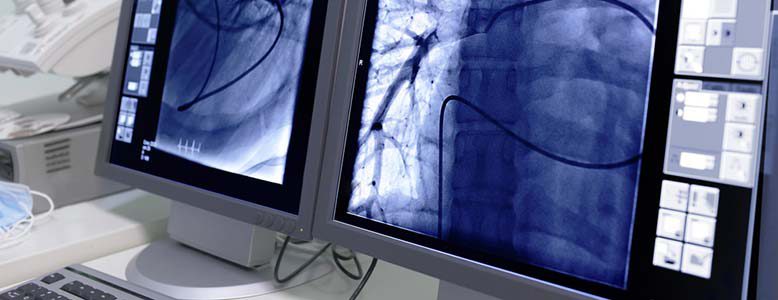Early detection of prostate cancer is considered extremely important because if prostate cancer is diagnosed late and the disease has spread beyond the prostate, treatment can no longer be expected to cure the tumour.
There are tests available which can detect prostate cancer at an early stage. These include the PSA blood test (Prostate Specific Antigen) and DRE (Digital Rectal Examination). The PSA blood test and the DRE in combination currently offer the best indication for the presence of prostate cancer and is the first step in the diagnosis of prostate cancer. These two tests don’t confirm the presence of prostate cancer but indicate a potential risk for prostate cancer. To confirm the diagnosis of prostate cancer further testing in the form of a prostate biopsy must be under taken.

PSA (Prostate Specific Antigen)
PSA is a protein that is secreted by the prostate into the ejaculate fluid by a healthy prostate and one if it’s functions is to aid sperm movement. The PSA blood test measures the level of the PSA in the blood. Normally only very low levels of PSA are able to enter the bloodstream however in the case of prostate cancer and other prostate conditions, the normal barrier is disrupted resulting in increased levels of PSA being able to be detected in the blood stream. It is a useful tool for helping diagnose and monitor diseases of the prostate,but further tests are required to confirm whether prostate cancer is present.
PSA levels can rise due to cancer or benign (not cancerous) conditions. Benign prostatic hyperplasia (BPH) urinary tract infections and prostatitis are all examples of non-cancerous conditions, which can cause PSA levels to rise. Only 1 in 3 men with an abnormal PSA result are found to have prostate cancer.
There are several aspects to the PSA result that are important indicators for the presence of prostate cancer. The absolute value of the PSA, the prior PSA history and rate of change of PSA (known as the PSA velocity) and the free to total PSA ratio, are all taken into consideration prior to proceeding with further testing for prostate cancer. Very rarely, prostate cancer can occur with very low PSA values and for this reason, a PSA test should always be performed in conjunction with digital rectal examination.
Digital Rectal Examination (DRE)
The Digital Rectal Examination (DRE) is an examination of the back passage (rectum)to feel for any abnormal lumps or growths in the prostate which may indicate prostate cancer.
The bladder is the organ which stores urine and the urethra is the tube that drains urine out through the penis. The prostate lies immediately beneath the bladder and completely surrounds the urethra, lying immediately in front of the rectum.
During a DRE, your doctor inserts a gloved finger into the rectum to feel the condition of the prostate that lies adjacent to the rectal wall. If the doctor feels any abnormality in size, shape or texture in the prostate, further tests may be carried out. Only part of the prostate can be examined and for this reason a DRE should not be performed in isolation and should always be done in conjunction with a PSA test.
If your PSA level is elevated, or if an abnormality is found on the DRE, you may be referred to a specialist urologist such as Dr Swindle, for further assessment. A biopsy may be recommended to you by Dr Swindle. This decision is to be made by you in full consultation with Dr Swindle after taking into account your age, health, personal preferences and suitability for further procedures should a diagnosis of prostate cancer be made.



